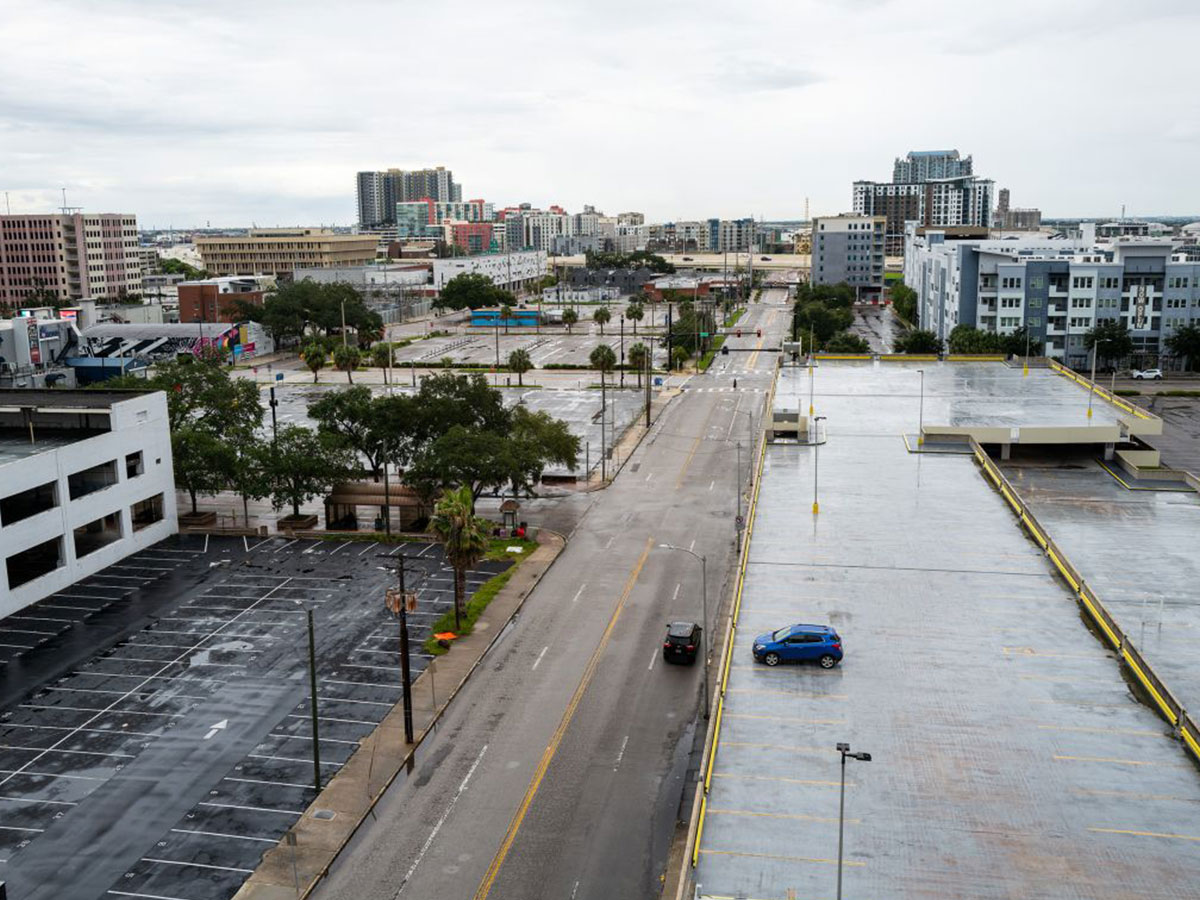Hurricane Helene is the Deadliest Mainland US Hurricane Since Katrina
The death toll from Hurricane Helene has climbed to 200, making it the deadliest hurricane to hit mainland US since Katrina in 2005. Rescue teams continue to search for survivors in the southeastern states, with North Carolina bearing the brunt of the devastation, where entire communities were uprooted. Hundreds remain missing, and close to a million homes are still without power nearly a week after the storm’s landfall.
President Joe Biden, currently on a two-day tour of the affected areas, visited Florida and Georgia on Thursday, receiving an aerial tour of the damage in Tallahassee, Florida, where Helene first struck as a Category 4 hurricane. Federal disaster assistance has been approved for five states: Florida, Georgia, North Carolina, South Carolina, and Virginia.
North Carolina, particularly the mountainous region around Asheville, has seen some of the most severe impacts. Thousands of residents remain without running water, and hundreds of roads are still closed, making it difficult to get aid to the hardest-hit areas.
“I feel like I just survived the apocalypse,” said Nicole Rojas, a Vilas, North Carolina resident, to the BBC.
South Carolina, Georgia, Florida, Tennessee, and Virginia have also reported fatalities. In South Carolina, an elderly couple was found dead in their bed, embracing one another, after a tree fell on their home.
Due to a lack of power and water, North Carolina has had to relocate over 2,800 inmates from several prisons this week. Family members have expressed concerns about their inability to contact their loved ones for over a week.
As of Thursday, more than 933,000 customers across the southeastern US remained without power, according to Poweroutages.us. To aid the recovery efforts, over 6,700 members of the Army and Air National Guard from 16 states have been deployed, alongside 1,000 active-duty soldiers.
Biden announced that the federal government would cover 100% of emergency protective measures and debris removal costs in North Carolina for six months and in Georgia and Florida for the next 90 days. Vice President Kamala Harris toured Georgia while former President Donald Trump visited damaged areas in the state earlier in the week.
Rainfall is expected in parts of the Gulf Coast and Florida in the coming days, potentially complicating recovery efforts. The Atlantic hurricane season remains active until November, and Homeland Security Secretary Alejandro Mayorkas warned that FEMA might struggle if another major storm hits this year due to limited funding.
The Biden administration has already delivered over 8.8 million meals, 7.4 million litres of water, 150 generators, and 225,000 tarps to the affected areas. Meanwhile, two more storms are brewing in the Atlantic. Hurricane Kirk, a Category 3 storm, is expected to create dangerous surf conditions in Florida and the Caribbean but is not expected to make landfall in the US. Tropical Storm Leslie currently poses no threat to the US.
The southeast continues to reel from the catastrophic effects of Hurricane Helene, and recovery efforts are expected to last for months.



